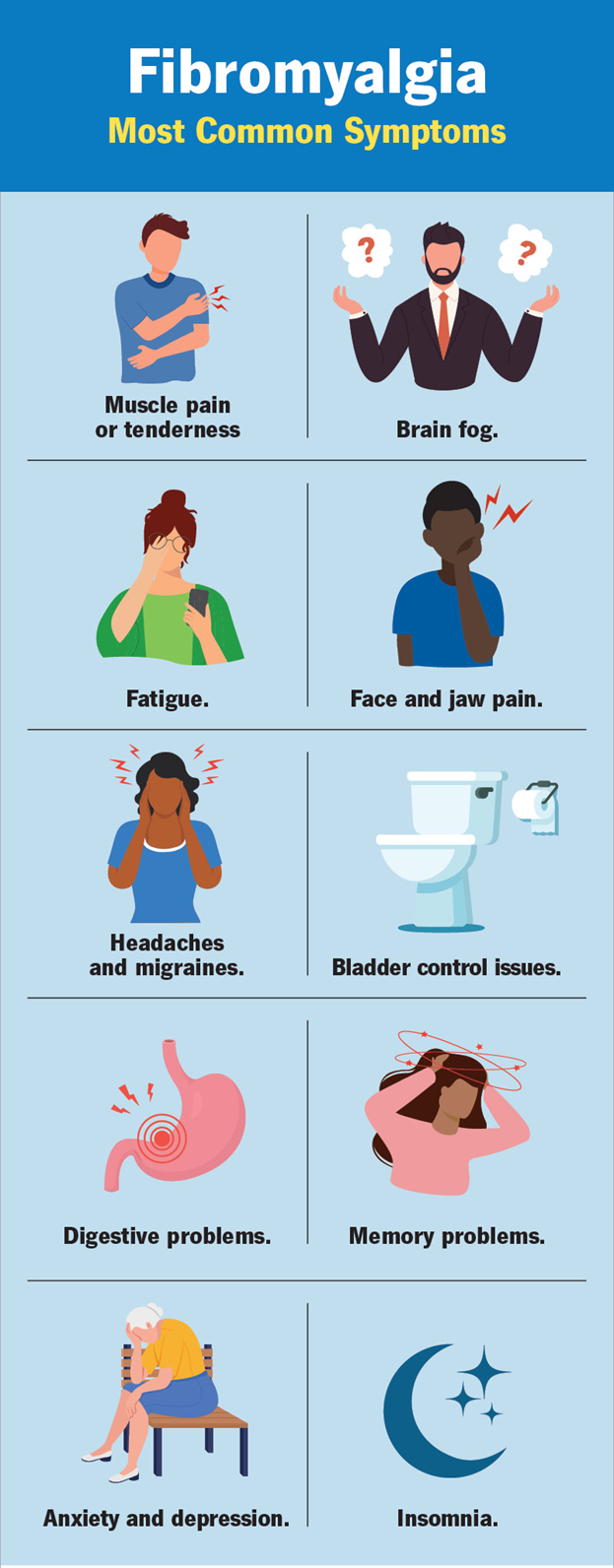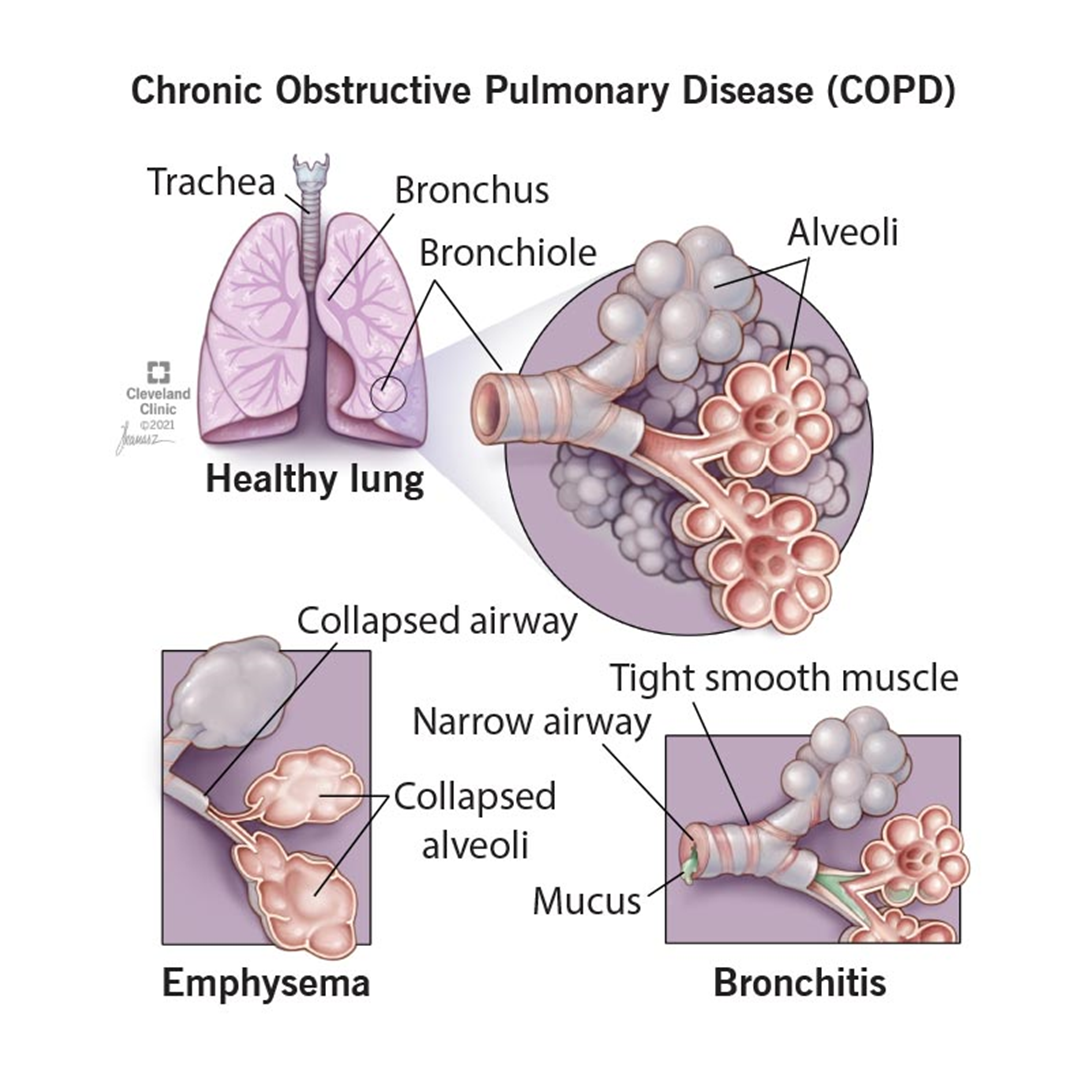A client who is receiving pregabalin for fibromyalgia complains of tremors in the hands. Which action should the nurse implement?
Administer a PRN dose of an antianxiety drug.
Obtain orthostatic blood pressure readings.
Notify the healthcare provider.
Collect a capillary glucose level.
The Correct Answer is C
Choice A reason:
Administering a PRN dose of an antianxiety drug might seem like a reasonable action if the tremors are related to anxiety. However, without a clear indication that anxiety is the cause of the tremors, this action could mask the underlying issue and delay appropriate treatment. It is essential to identify the root cause of the tremors before administering any medication.
Choice B reason:
Obtaining orthostatic blood pressure readings is a useful assessment for determining if the client has orthostatic hypotension, which can cause dizziness and fainting. However, this action is not directly related to the complaint of hand tremors. While it is a good practice to monitor vital signs, it does not address the immediate concern of tremors caused by pregabalin.
Choice C reason:
Notifying the healthcare provider is the most appropriate action. Tremors can be a side effect of pregabalin12. The healthcare provider needs to be informed to evaluate the severity of the side effect and decide whether to adjust the medication dosage or switch to an alternative treatment. This ensures that the client receives the most appropriate care and avoids potential complications.

Choice D reason:
Collecting a capillary glucose level is important for clients with diabetes or those at risk of hypoglycemia or hyperglycemia. However, there is no indication in the scenario that the client has diabetes or that blood glucose levels are related to the tremors. Therefore, this action is not directly relevant to the client’s current complaint.
Nursing Test Bank
Naxlex Comprehensive Predictor Exams
Related Questions
Correct Answer is D
Explanation
Choice A reason:
Phenazopyridine does not eliminate urinary bacteria. It is not an antibiotic and does not have antibacterial properties. Instead, it is used to relieve symptoms such as pain, burning, and discomfort caused by irritation of the urinary tract. Therefore, this choice is incorrect.
Choice B reason:
Using phenazopyridine after voiding or after sexual intercourse is not a standard recommendation. This medication is typically taken after meals to reduce stomach upset. It is not specifically indicated for use after sexual intercourse, and this choice does not align with the typical usage instructions for phenazopyridine.
Choice C reason:
Phenazopyridine does not calm spasms in the urinary tract. Its primary function is to provide symptomatic relief from pain, burning, and discomfort in the urinary tract. It does not have antispasmodic properties, so this choice is also incorrect.
Choice D reason:
Phenazopyridine provides an analgesic effect for irritated bladder mucosa. It works by numbing the lining of the urinary tract, which helps to alleviate pain and discomfort associated with conditions like cystitis. This is the correct therapeutic effect of the medication.

Correct Answer is D
Explanation
Choice A reason:
Rinsing the mouth after each use of an inhaler is a recommended practice, especially for inhalers containing corticosteroids, to prevent oral thrush and other side effects. Although ipratropium is not a corticosteroid, rinsing the mouth can still help reduce any potential irritation or unpleasant taste.
Choice B reason:
Storing the medication at room temperature is appropriate for most inhalers, including ipratropium2. This ensures the medication remains effective and safe to use. It is important to keep the inhaler away from extreme temperatures and direct sunlight.
Choice C reason:
Attaching a spacer device to the inhaler can be beneficial, especially for patients who have difficulty coordinating the timing of inhalation with the activation of the inhaler. A spacer helps ensure that more medication reaches the lungs rather than being deposited in the mouth or throat.
Choice D reason:
Priming the inhaler with 7 pumps is excessive. Typically, ipratropium inhalers require priming with only 2 to 4 sprays before the first use or if the inhaler has not been used for a few days. Over-priming can waste medication and may indicate that the client needs additional instruction on proper inhaler use.

Whether you are a student looking to ace your exams or a practicing nurse seeking to enhance your expertise , our nursing education contents will empower you with the confidence and competence to make a difference in the lives of patients and become a respected leader in the healthcare field.
Visit Naxlex, invest in your future and unlock endless possibilities with our unparalleled nursing education contents today
Report Wrong Answer on the Current Question
Do you disagree with the answer? If yes, what is your expected answer? Explain.
Kindly be descriptive with the issue you are facing.
